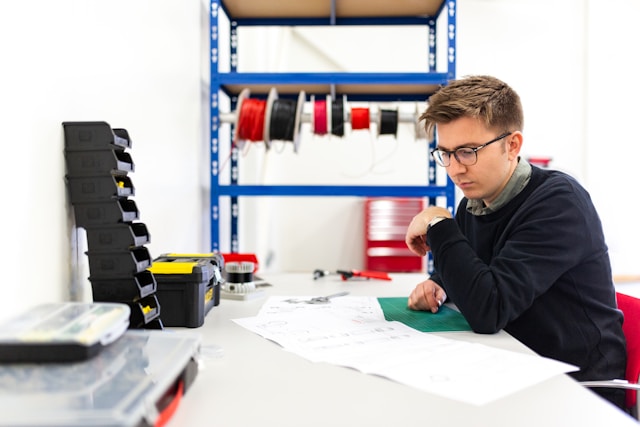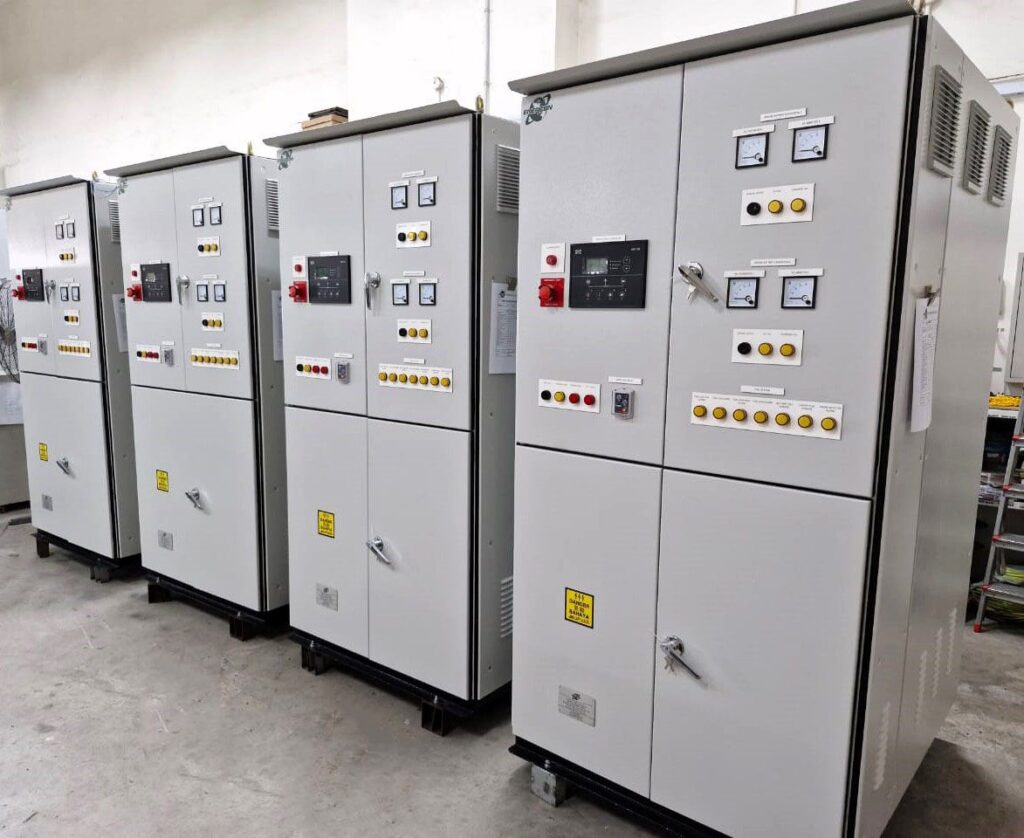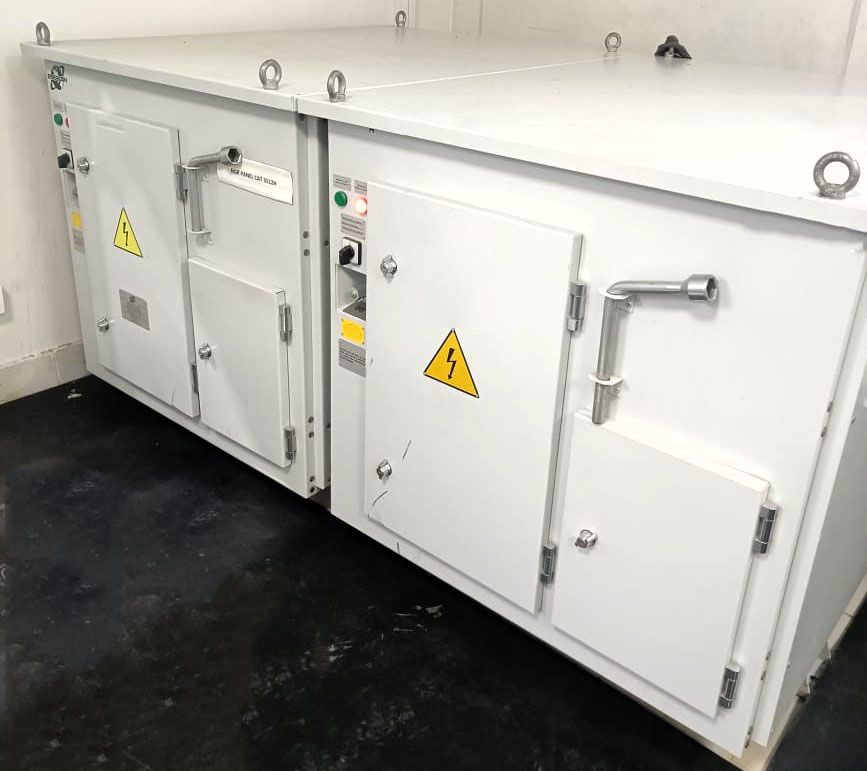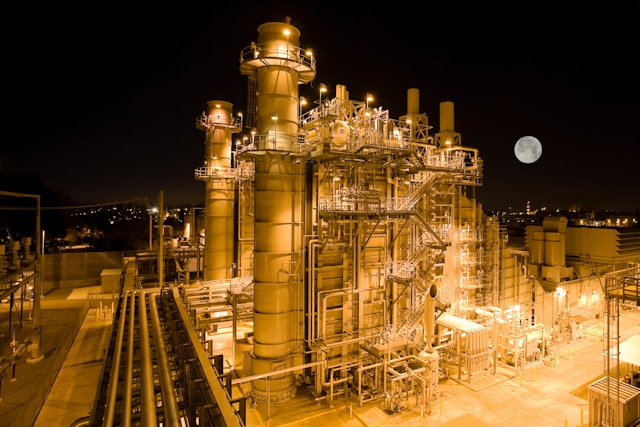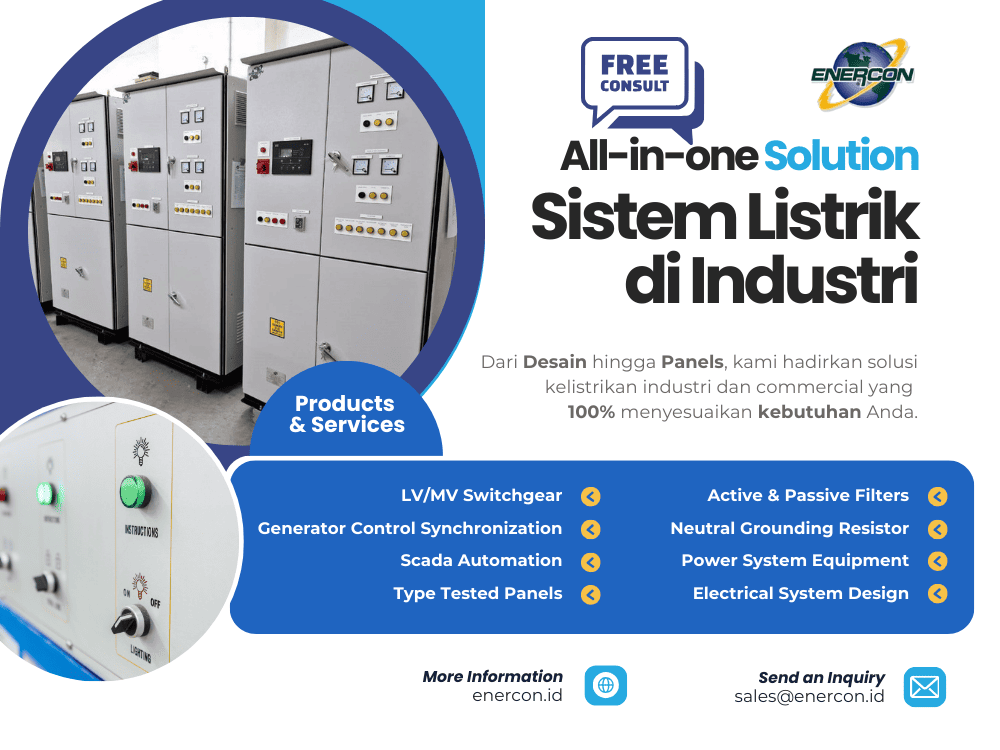Continuous commissioning is a process that ensures building systems operate efficiently over time. It involves regular monitoring and adjustments to maintain optimal performance. This approach is essential for facility management as it helps reduce energy costs and improve occupant comfort.
In this article, we will explore the concept of continuous commissioning. We will discuss its benefits, the process involved, and the technologies that support it. We will also look at real-world examples and the challenges organizations may face.
Let’s begin by understanding what continuous commissioning is and how it differs from traditional commissioning.
What is Continuous Commissioning?
Continuous commissioning is an ongoing process that focuses on optimizing building performance. It involves regularly assessing and adjusting systems to ensure they operate at peak efficiency.
A. Explanation of the Concept
The main goal of continuous commissioning is to maintain and improve the performance of building systems over time. This process uses data from various sources to identify issues and implement solutions. It is not a one-time event but a continuous effort to enhance energy use and comfort.
B. Differences Between Traditional Commissioning and Continuous Commissioning
Traditional commissioning occurs at the start of a building’s operation. It focuses on ensuring systems are installed correctly and function as intended. In contrast, continuous commissioning is an ongoing process. It monitors systems throughout their lifecycle, making adjustments as needed to maintain efficiency.
C. Key Components of Continuous Commissioning
- Data Collection: Continuous commissioning relies on data from building systems. This data helps identify performance issues.
- Monitoring: Real-time monitoring allows for quick detection of problems. It helps ensure systems operate efficiently.
- Analysis: Regular analysis of data helps identify trends and areas for improvement.
- Adjustments: Based on analysis, adjustments are made to optimize system performance.
Benefits of Continuous Commissioning
Continuous commissioning offers several advantages for facilities. These benefits contribute to better energy management and improved overall performance.
A. Improved Energy Efficiency
Continuous commissioning helps identify inefficiencies in building systems. By addressing these issues, facilities can reduce energy consumption. This leads to lower utility bills and a smaller carbon footprint.
B. Enhanced Occupant Comfort
A well-commissioned building provides a comfortable environment for occupants. Continuous commissioning ensures that heating, cooling, and ventilation systems work effectively. This results in better air quality and consistent temperatures, improving overall satisfaction.
C. Reduced Operational Costs
By optimizing energy use, continuous commissioning lowers operational costs. Facilities can save money on energy bills and maintenance expenses. This financial benefit allows organizations to allocate resources to other important areas.
D. Prolonged Equipment Lifespan
Regular monitoring and adjustments help maintain equipment in good condition. Continuous commissioning can prevent wear and tear, extending the lifespan of systems. This reduces the need for costly replacements and repairs.
E. Real-Time Performance Monitoring
Continuous commissioning uses real-time data to monitor system performance. This allows for quick identification of issues and timely interventions. Facilities can respond to problems before they escalate, ensuring smooth operations.
Read: Energy Commissioning Benefits
The Continuous Commissioning Process
The continuous commissioning process involves several key steps. Each step plays a vital role in ensuring that building systems operate efficiently over time.
A. Initial Assessment and Data Collection
The process begins with an initial assessment of the building’s systems. This assessment identifies current performance levels and areas for improvement.
Data collection involves gathering information from various sources, such as energy meters and building management systems. This data serves as a baseline for future monitoring.
B. Implementation of Monitoring Systems
After the initial assessment, monitoring systems are put in place. These systems track the performance of heating, cooling, lighting, and other building systems.
They provide real-time data that helps facility managers identify issues quickly.
C. Ongoing Analysis and Adjustments
Continuous analysis of the collected data is essential. Facility managers review performance trends and identify any deviations from expected results.
Based on this analysis, adjustments are made to optimize system performance. This may involve recalibrating equipment or changing operational settings.
D. Reporting and Feedback Mechanisms
Regular reporting is crucial for effective continuous commissioning. Reports summarize system performance and highlight areas for improvement.
Feedback mechanisms allow occupants and staff to report issues or concerns. This information helps facility managers make informed decisions and further enhance building performance.
Read: Commercial Renewable Energy: A Complete Guide for Businesses
Technologies Supporting Continuous Commissioning
Several technologies play a key role in supporting continuous commissioning. These tools help facility managers monitor, analyze, and optimize building systems effectively.
A. Building Management Systems (BMS)
Building Management Systems (BMS) are essential for continuous commissioning. They integrate various building systems, such as HVAC, lighting, and security.
A BMS provides a centralized platform for monitoring performance and controlling systems. This integration allows for efficient data collection and analysis.
B. Internet of Things (IoT) Devices
IoT devices enhance continuous commissioning by providing real-time data. These devices can monitor temperature, humidity, and energy use.
They send data to the BMS for analysis. This information helps identify inefficiencies and optimize system performance.
C. Data Analytics Tools
Data analytics tools are crucial for interpreting the data collected from building systems. These tools analyze performance trends and identify patterns.
They help facility managers make data-driven decisions to improve efficiency and comfort.
D. Energy Management Software
Energy management software supports continuous commissioning by tracking energy consumption. This software provides insights into energy use patterns and identifies opportunities for savings.
It helps organizations set energy reduction goals and monitor progress over time.
Case Studies and Examples
Real-world examples illustrate the effectiveness of continuous commissioning. These case studies show how organizations have successfully implemented this process and the benefits they have gained.
A. Successful Implementation in Commercial Buildings
One notable case is a large commercial office building that adopted continuous commissioning. The facility management team conducted an initial assessment and identified several inefficiencies in the HVAC system.
By implementing continuous commissioning, they monitored system performance in real-time. As a result, they achieved a 20% reduction in energy consumption within the first year.
B. Impact on Energy Savings and Operational Efficiency
Another example involves a university campus that implemented continuous commissioning across multiple buildings.
The campus used IoT devices to collect data on energy use and occupancy patterns. The analysis revealed that certain areas were over-conditioned. By adjusting the HVAC settings based on occupancy, the campus reduced energy costs by 15% and improved occupant comfort.
C. Lessons Learned from Real-World Applications
These case studies highlight several key lessons. First, regular monitoring and data analysis are essential for identifying issues.
Second, involving occupants in the process can provide valuable feedback. Finally, investing in technology, such as BMS and IoT devices, can significantly enhance the effectiveness of continuous commissioning.
Read: Benefits of Solar EPC Services for Commercial Buildings
Challenges and Considerations
While continuous commissioning offers many benefits, organizations may face challenges during implementation.
Understanding these challenges can help facility managers prepare and address potential issues.
A. Initial Costs and Investment
One of the main challenges is the initial cost of implementing continuous commissioning. Organizations may need to invest in new technologies, such as BMS and IoT devices.
Additionally, hiring skilled personnel for data analysis and system management can add to the costs. However, these investments often lead to long-term savings through improved efficiency.
B. Need for Skilled Personnel
Continuous commissioning requires skilled personnel to analyze data and make informed decisions. Finding and retaining qualified staff can be a challenge.
Organizations may need to provide training for existing employees or hire new experts. This investment in human resources is crucial for the success of the commissioning process.
C. Data Management and Security Concerns
With the increased use of technology comes the need for effective data management. Organizations must ensure that data is collected, stored, and analyzed securely.
Protecting sensitive information from cyber threats is essential. Implementing strong security measures can help mitigate these risks.
D. Resistance to Change Within Organizations
Implementing continuous commissioning may face resistance from staff accustomed to traditional practices.
Change can be challenging, and some employees may be hesitant to adopt new technologies or processes. Effective communication and training can help ease this transition and encourage buy-in from all stakeholders.
Conclusion
Continuous commissioning is essential for maintaining and improving building performance. It enhances energy efficiency, boosts occupant comfort, and reduces operational costs. By regularly monitoring and adjusting systems, facilities can achieve optimal performance over time.
The benefits of continuous commissioning are significant. Organizations can save money, extend equipment lifespan, and create a more comfortable environment. With modern technologies like building management systems and IoT devices, continuous commissioning is more effective and accessible than ever.
Despite some challenges, the advantages far outweigh the obstacles. Investing in technology and skilled personnel is crucial for successful implementation.
For organizations looking to enhance their facility management strategies, consider partnering with Enercon. Our expertise in continuous commissioning can help you achieve significant improvements in energy management and overall building performance.

